Why are there 60 Seconds in a Minute, 60 Minutes in an Hour, and 24 Hours in a Day? And Other Oddities
How did 24 hours, 60 minutes and 60 seconds become the standard measurement of time, when it doesn’t sound very logical at first?

Time is a little more than a measurement of our observable universe. For example, the Earth rotates on its axis counterclockwise every 24 hours, so we measure a day based on this consistency. The Earth also revolves around the Sun every 365 days, so we measure a year based on that consistency. That said, why did we break up a day into 24 measurable units of 60 minutes, each of which is measured by 60 seconds? Where did 24 and 60 come from? Time, for these smaller measurements, is a convention. Something defined by men, and not necessarily the result of an astronomical observation. To complicate things, Earth’s movements aren’t exactly 24 hours and 365 days, but that also depends on how you look at it. We’ll keep things simple, as this won’t be a lesson in astrophysics, but there’s an interesting human history as to how time has been defined.
60 seconds in a minute…? Meet the Sumerians and Babylonians
Let’s go back to around 3500 BC, when the Sumerians (from southern Mesopotamia) created a sexagesimal numeral system based on the number 60. It’s theorised that 60 was used as it has many divisors (divisible by 1, 2, 3, 4, 5, 6, 10, 12, 15, 20, and 30), allowing for multiple and precise options to divide a day with comparable practicality for astronomical and math calculations. A “universal” number, if you will. The ancient Sumerians were in Sumer (modern Iraq today) and among the first to have complex cities with agriculture, writing (known as cuneiform) and inventions like the wheel. It wasn’t until around 2000 BC, however, that this sexagesimal system was refined by the Babylonians into something more familiar by today’s timing standards.
The Babylonians succeeded the Sumerians (as opposed to conquering them), following rule by the Akkadians, and they inherited much of the Sumerian culture and knowledge. The sexagesimal system was further developed to create the 60-minute hour and 60-second minute. The sun would appear in the same place in the noon sky every 24 hours, so we got the 24-hour day made up of 60-minute hours. Technically, the Earth rotates every 23 hours and 56 minutes when compared to fixed celestial objects like stars (a sidereal day), but compensates a bit as it also revolves around the sun, so the sun again appears in the same noon sky every 24 hours (a solar day). From a practical standpoint, the solar day makes sense for time measurement and calendars. This refined Babylonian base-60 system has endured for millennia and is why your watch dial is broken up into 60 seconds and 60 minutes. As 60 has so many divisors, we also have detailed 15-minute scales on dive watches, 30-minute counters on chronographs and so on.
Why 24h in a day? Ancient Egypt’s rules
Although the base-60 system was well established by 1500 BC, the Egyptians further developed time telling with sophisticated sundials. A T-shaped sundial was used to divide sunrise and sunset into 12 equal parts, so 12-hour days and 12-hour nights. This use of the duodecimal system, in addition to the earlier sexagesimal system, refined time telling even more. At night, a combination of 18 stars was observed to accurately divide the remaining 12 hours as the Earth rotated. All of the civilisations above created mathematical ways to measure celestial consistencies from the number 60 and its divisors – Earth’s rotation on its axis and revolution around the sun, and the identification of specific nighttime stars.
Let’s now go back to around 3000 BC when the Egyptians developed a solar calendar based on a 365-day year, broken up into 12 months. It wasn’t the first calendar based on solar events, as that can be traced to the Yoruba calendar around 8000 BC (with even older stone arrangements being studied). The calendar had three seasons of 120 days each and an intercalary month of 5 or 6 days (the latter being a leap year of sorts) to balance out the year. Each month was measured in three 10-day periods called decans, with the last two days of each decan being a work-free weekend for royal workers. It wasn’t until 45 BC that the Romans under Julius Caesar refined the Egyptian template with the Julian calendar that added a more familiar leap year to correct for minor differences between time measurements and actual solar time (like periodically adjusting a watch that’s inevitably a little fast or slow). Even with a leap year, the Julian calendar wasn’t perfect and became more inaccurate as centuries went on – around one day off per century.
Calendar oddities – Solar Calendar vs. Lunar Calendar
The modern and most adopted solar calendar today is the Gregorian calendar, which is a refined version of the Julian calendar introduced in 1582 by Pope Gregory XIII. It adjusted the leap years to make an average year 365.2425 days, compared to the Julian calendar’s 365.25 days. The difference sounds minor, but it maintains better accuracy over centuries, as Earth’s actual solar year is 365.2422 days. The Gregorian calendar is divided into 12 months of 30 or 31 days, with February having 28 or 29 (with the leap year every four years). The extra day in a leap year is to keep the calendar in synch with the true solar year. When talking about different centuries (past and future), there are additional rules for leap years, but let’s not make this overcomplicated.
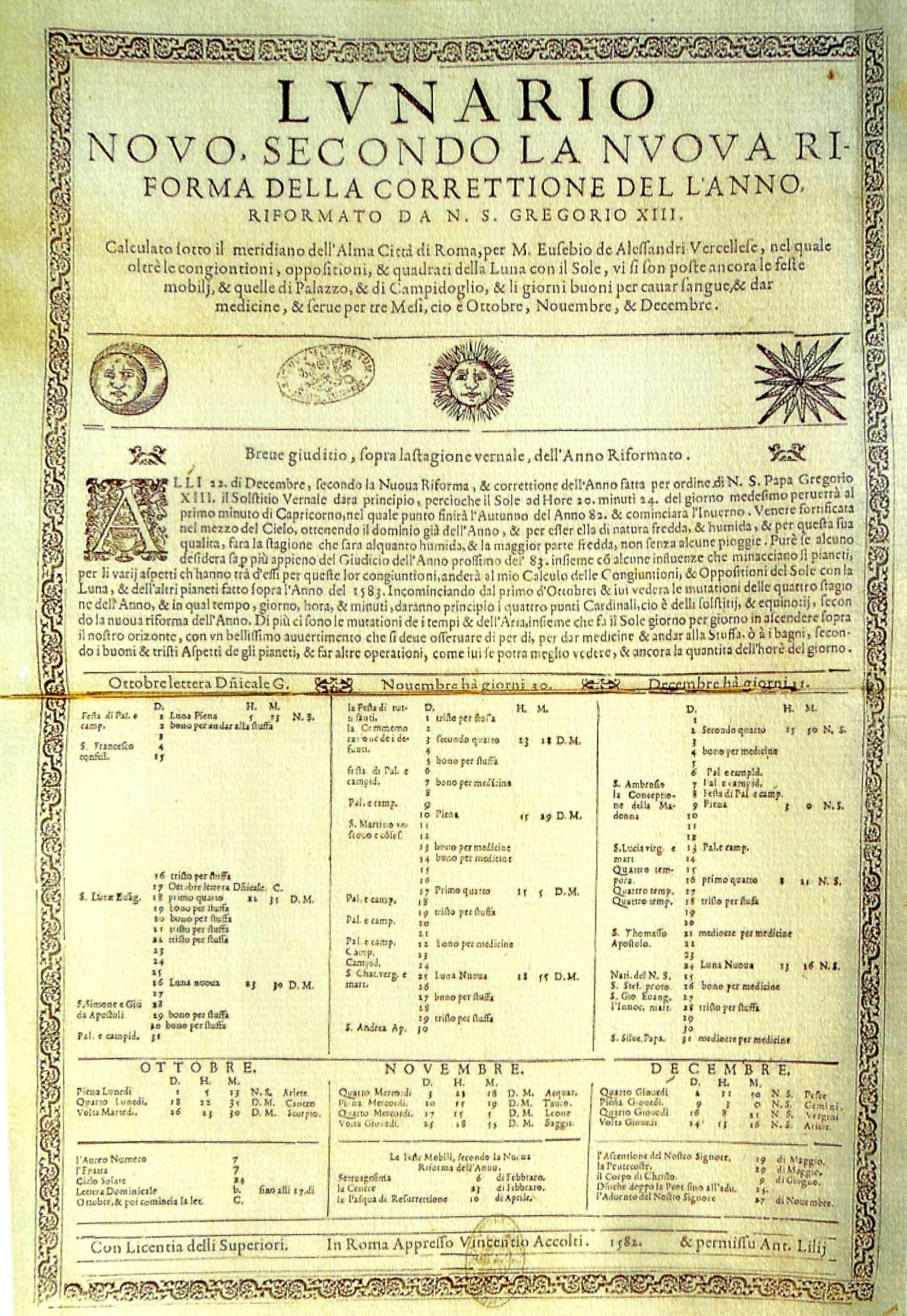
A lunar calendar tracks the monthly phases of the moon, known as synodic months, so a lunar year is about 11 days shorter than a solar counterpart, as the average time between new moons is 29.5 days. 12 lunar months is approximately 354 days compared to a solar year of 365 days. Lunisolar calendars combine the two by periodically adding a leap month to stay in synch with the solar calendar and four seasons. Lunar calendars are best known in China, but are also seen in Islamic, Hebrew and Hindu cultures. They’re used for religious and traditional events, and to also track the world’s tides as the moon has a great influence on our oceans.
Lunar calendars predate solar calendars, as ancient civilisations from the Upper Palaeolithic era (32,000 BC) are known to have tracked moon phases via cave carvings. However, it was again the Sumerians who developed the first “modern” lunar calendar around 3100 BC that sporadically added a 13th month to keep up with the solar year.
Let’s Apply All of This to a Wristwatch
A perpetual calendar watch is the perfect demonstration of the history mentioned above. Let’s look at the Frederique Constant Classic Perpetual Calendar Manufacture, which is among the most affordable in-house mechanical perpetual calendar watches on the market. Looking at the dial, we see the hour hand based on 60 minutes and the minute hand based on 60 seconds, thanks to the Sumerians. The hour hand makes two revolutions per day with a 12-hour day and 12-hour night, generally thanks to the Ancient Egyptian sundials and duodecimal system. The calendar is based on the modern Gregorian type (thanks to Pope Gregory XIII in 1582) and automatically accounts for leap years, seen within the 12 o’clock sub-dial that also shows each of the 12 months. The 3 o’clock sub-dial shows the days of the month (up to 31) and properly adjusts between 30 and 31 days, and also for February’s 28 or 29 days. The 9 o’clock sub-dial shows the days of the week. A moon phase complication is seen at 6 o’clock, which not only accurately displays moon phases throughout the month but acts as a lunar calendar of sorts and can be used to track the 354 days of a lunar year.
It’s interesting to see how the measurement of time and how it applies to calendars was first created thousands of years ago. Of course, our observable universe is timeless with a consistency that allows for this accurate measurement with occasional adjustments, which has been refined over centuries and millennia.


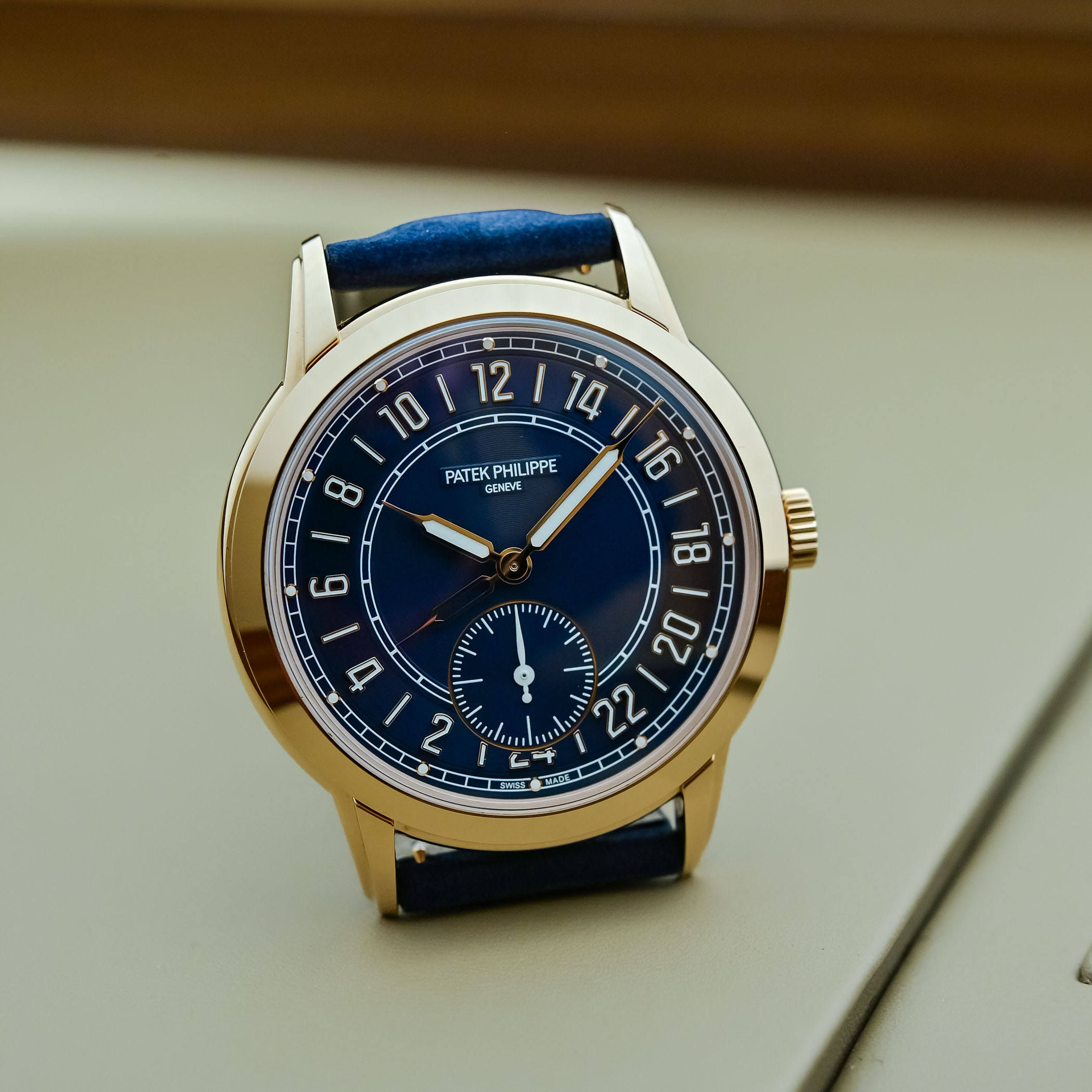
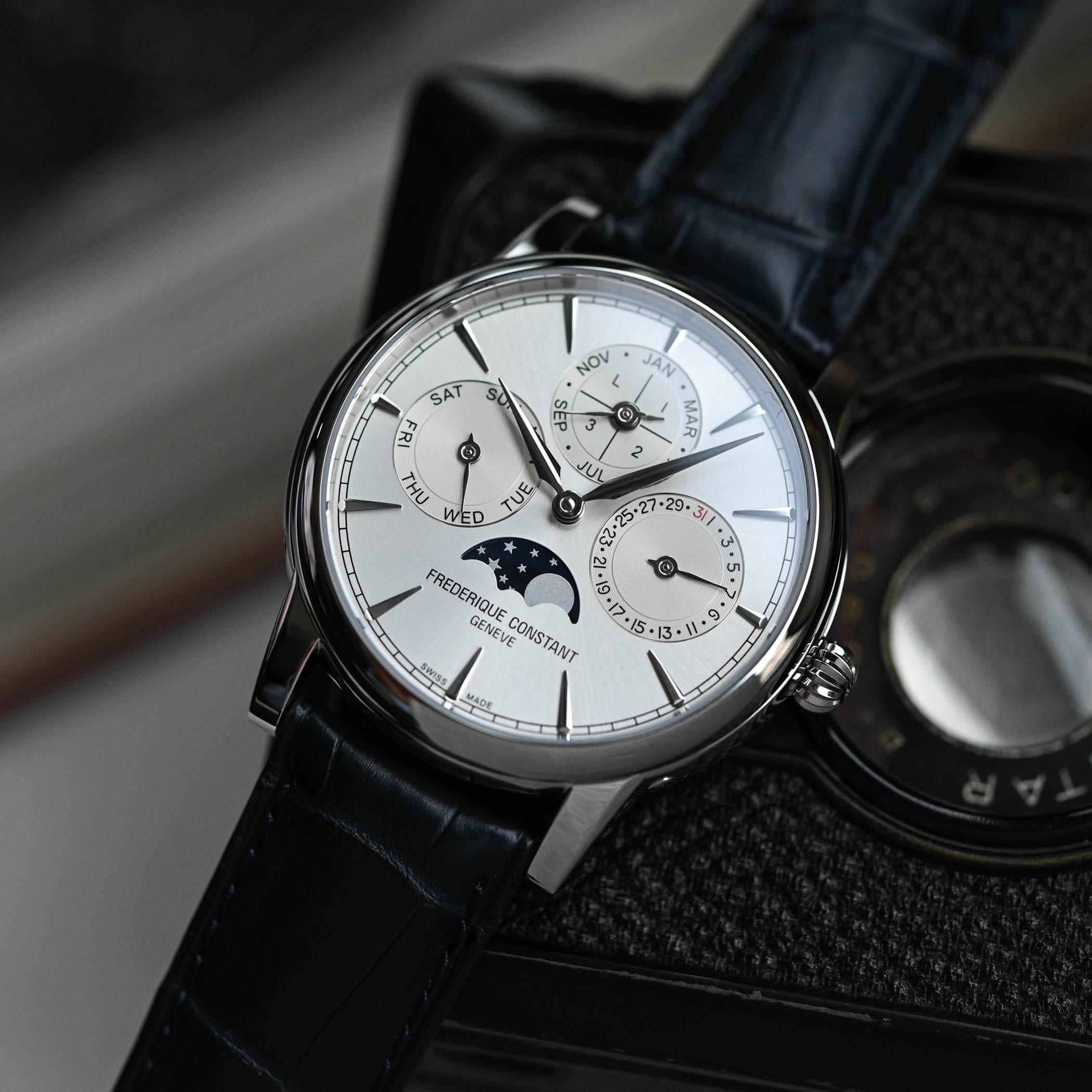
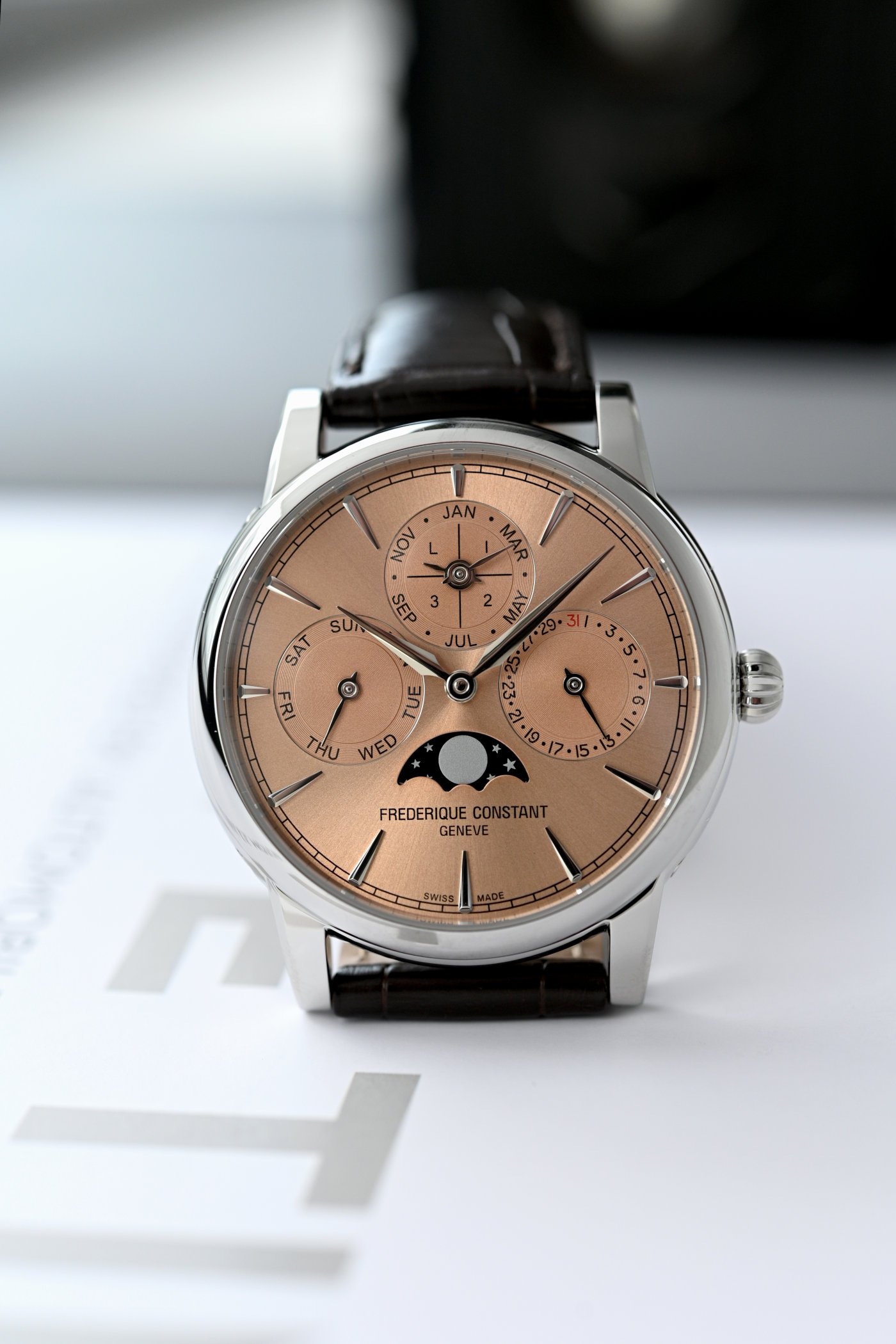
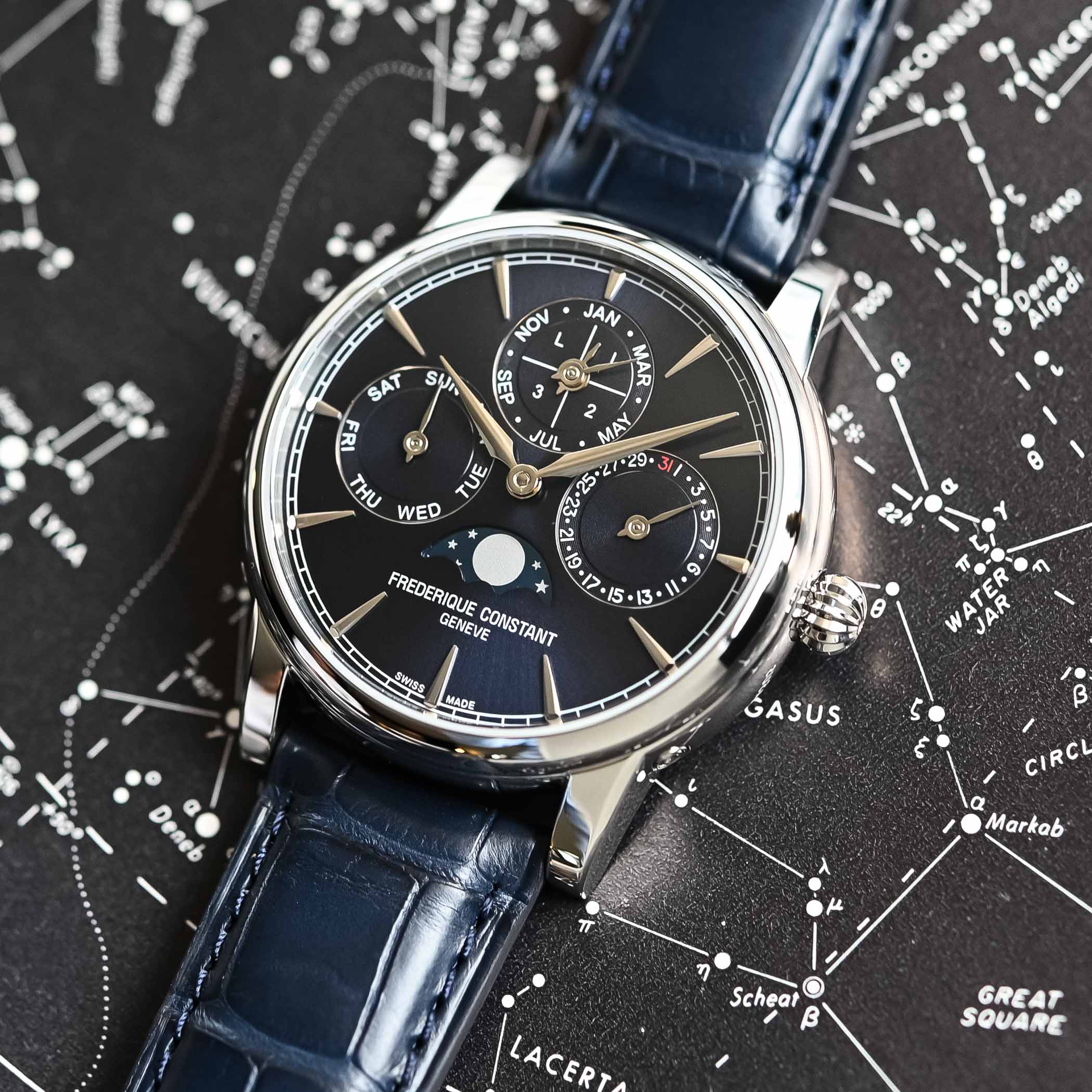

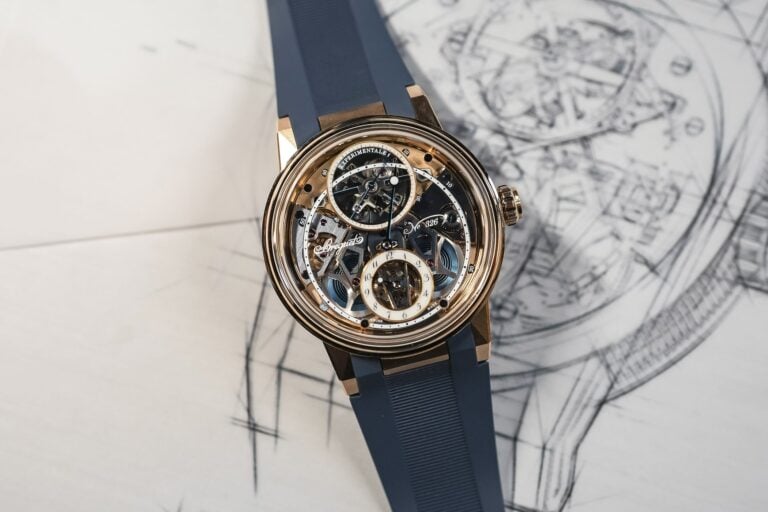
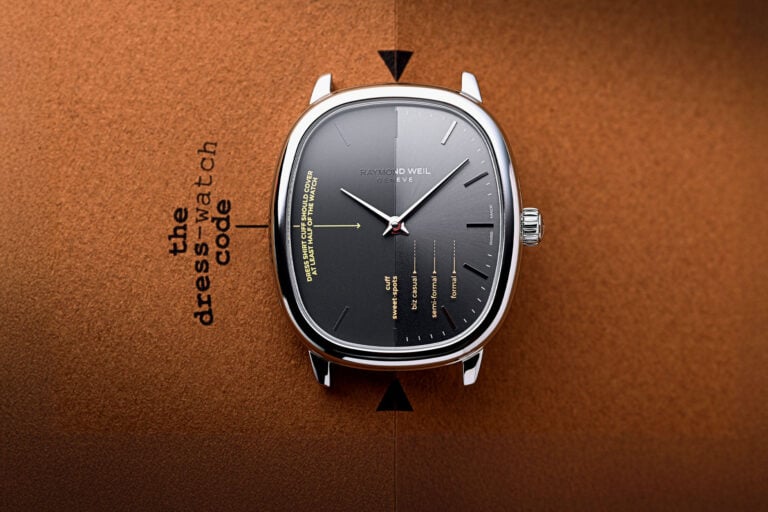
8 responses
Thank you for a nice summary on how time was developed. What still mystifies me is why measure time at all.
Navigation is why we measure time.
Navigation.
And from navigation comes distance,then time becomes speed.
So you’d better be on time.
Why measure time? So we can wear these marvels of mechanical achievement on our wrists. They are so cool.
Time is a measurement of movement.
Time
Time is humanities effort to explain or record changes in our existence.